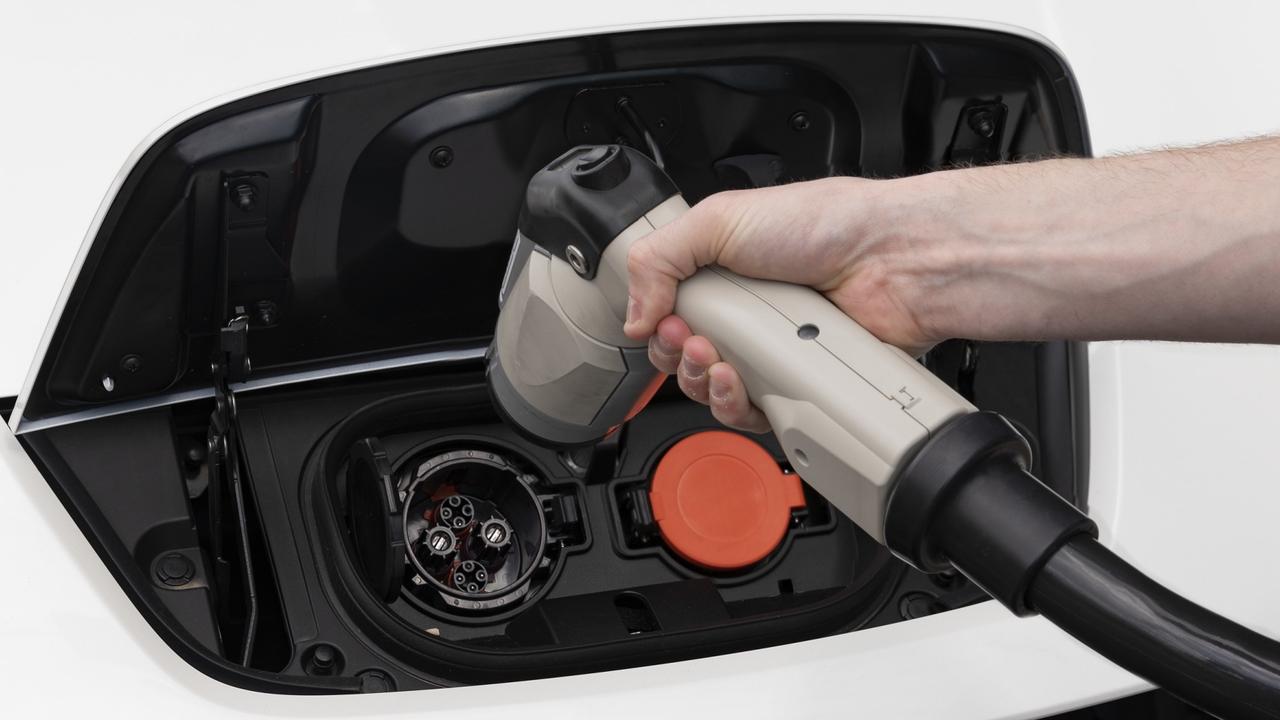Environmentally conscious drivers should think twice about opting for an electric car, according to a leading automotive brand.
Toyota’s Australian boss wants drivers to think carefully before buying a new electric car with a huge battery as it may not be what they really need.
Matthew Callachor, president of Toyota Australia, told reporters Thursday that drivers who use their car for short trips may overcapitalize electric cars with huge battery packs, which are responsible for significant carbon emissions throughout their life cycle.
This view was supported by the chairman of the board of directors of the German Federal Chamber of the Automotive Industry, Tony Weber, who warned lawmakers against advancing battery-electric technology to the detriment of other types of vehicles.
Speaking to reporters during an annual top-selling new car showcase, Callachor said the popularity of hybrids reflected their importance in Australia. Hybrids are cheaper than battery electric vehicles (BEVs) and would “sooner reduce more emissions than BEVs alone”.
Toyota has sold more than 240,000 hybrid vehicles since the Prius was launched in 2001.
“We calculated that those 240,000 hybrids had the same effect on CO2 reduction as about 72,000 BEVs,” said Callachor.
“But the amount of batteries we used to produce these hybrid electric vehicles is the same as we would need for just 3,500 BEVs.
“In other words, we can say that with the batteries required for 3500 BEVs, the CO2 reduction effect of 72,000 BEVs was achieved.
“That means that HEVs are now an extremely effective way of reducing CO2 emissions – and at a comparatively affordable price.”
Many green customers are drawn to Tesla-like electric cars with large batteries that can travel for longer distances, unlike electric vehicles like Mazda’s MX-30 and the limited-range electric Mini Cooper.
Callachor said, however, that some buyers who insisted on large batteries are missing one important point about electric vehicles – reducing carbon emissions.
“If you charge a 400 km BEV every night for an average return trip of around 40 km, you will benefit from 90 percent of the battery cells and will not benefit from the CO2 reduction,” said Callachor.
“If we could use these unused batteries in other electrified vehicles, we could prevent a lot more carbon from being released into the atmosphere.
“We cannot assume that one size fits all. Even if one day the best choice for the average person becomes a BEV, it won’t be the best way for everyone to reduce CO2 emissions.
“Distributing each battery cell so that we get the maximum benefit means plugging it into suitable electrified vehicles such as HEV (hybrid), PHEV (plug-in hybrid) and FCEV (hydrogen fuel cell) … and not just one smaller number of BEVs. ”
Toyota has been known to have been slow in adopting all-electric drive, shocking the auto world late last year with more than a dozen battery-powered concept cars launching everything from cheap hatchbacks to a rugged Ute and a Ferrari battle supercar.
The brand’s first dedicated BEV, the Toyota bZ4X, will hit Australia this year. If so, by 2022 Toyota will be the only brand alongside Hyundai to offer electric, hydrogen, hybrid and conventional internal combustion engines.
“In a country as diverse as Australia, we have to offer different options that take into account, for example, different energy sources and large differences in usage and customer needs,” he said.
FCAI’s Tony Weber said that while “electric vehicles are undoubtedly the future,” governments should set carbon emissions targets rather than incentivizing battery electric vehicles at the expense of other options. The UK has banned the sale of gasoline, diesel and even hybrid vehicles from 2030, an approach the local auto industry is keen to avoid.
“Good intentions are not always the way to get good results,” he said.
“We must not lose sight of the overriding political goal here, namely the release of CO2 emissions.
“Set your goals and let the market deliver the technology mix.”

